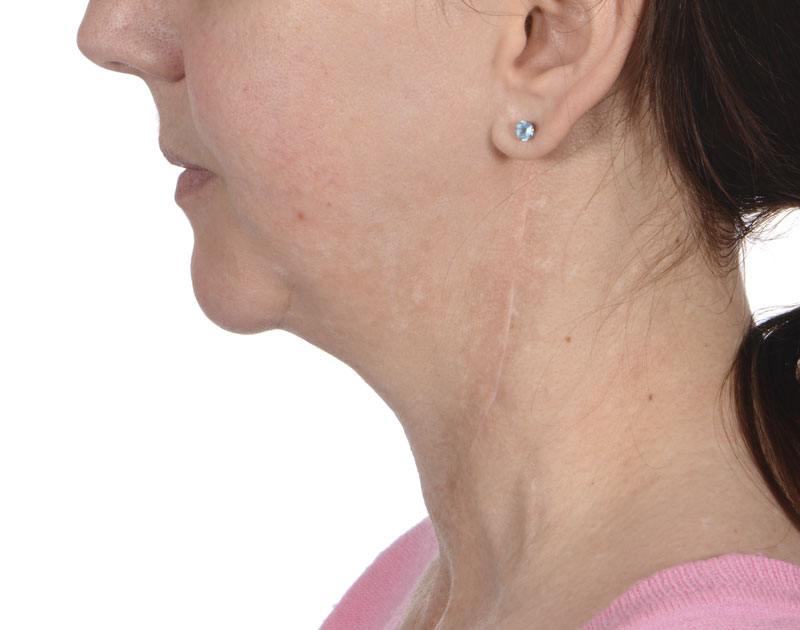

Of 45 FBS patients, 15 (33%) underwent at least one type of treatment for symptomatic relief. Partial resolution of FBS symptoms occurred in 69% and complete resolution in 12%. FBS developed in 48.6% of patients undergoing sympathetic chain sacrifice, 22.4% of patients undergoing PPS dissection, 38.4% of patients undergoing isolated deep lobe parotid resection, and 0.8% of patients undergoing total parotidectomy. 001), and resection of only the deep lobe of the parotid gland (OR, 4.2 P =. On multivariate analysis, three variables were significant independent risk factors for FBS: sympathetic chain sacrifice (odds ratio, 4.7 P =. Patients developing FBS were interviewed to assess the efficacy of various treatment modalities.įBS developed in 45 patients (incidence, 9.6%), at a mean time of 97 (range, 6-877) days from surgery. Univariate analyses and multivariate logistic regression were used to identify independent risk factors for FBS. Incidence was calculated using the Kaplan-Meier method. Patient, tumor, and FBS characteristics were analyzed. Minimum follow-up time was 3 months (median, 39 months). We reviewed the records of 499 patients (mean age, 50 years range, 12-81 years) undergoing surgery of the deep lobe of the parotid gland, PPS, and/or ITF between 19. We hypothesized that certain clinical and tumor variables independently predict the development of FBS. The incidence, risk factors, treatment options, and outcomes of FBS are poorly understood. But symptoms are often mild but can be severe enough to hinder a patients quality of life and ability to eat.First bite syndrome (FBS) refers to facial pain characterized by a severe cramping or spasm in the parotid region with the first bite of each meal that diminishes over the next several bites.1, 2 It is a potential sequela of surgery involving the infratemporal fossa (ITF), parapharyngeal space (PPS), and/or deep lobe of the parotid gland. Conclusion:First bite syndrome is a minor complication of surgery involving the parapharyngeal space. The pain subsided in one patient 3 months after the development of first bite syndrome, although the pain persisted in remaining 6 patients during follow-up period. The first bite syndrome developed in 1 out ial artery, and all thre patients with paraganglioma, originated from carotid body. In postoperative pathology, three were pleomorphic adenoma of parotid gland, three were paraganglioma of carotid body, and remaining one was schwannoma originated from sympathetic nerve chain. Results:Seven of 22 patients were diagnosed with the first bite syndrome after the operation of the parapharyngeal space tumor. The purpose of this study is to report the incidence and Subjects and Method:A retrospective review was done on 22 patients diagnosed and surgicaly treated for tumors of the parapharyngeal space from May 2001 to Sep-tember 2005. Therefore, surgeons who operate in the parapharyngeal (Korean J Otolaryngol 2007 50 :59-63)ĪB - Background and Objectives:First bite syndrome is the development of pain in the parotid region after the first bite of each meal and can be sen after surgery of the parapharyngeal space tumor. But symptoms are often mild but can be severe enough to hinder a patients quality of life and ability to eat. Background and Objectives:First bite syndrome is the development of pain in the parotid region after the first bite of each meal and can be sen after surgery of the parapharyngeal space tumor.


 0 kommentar(er)
0 kommentar(er)
